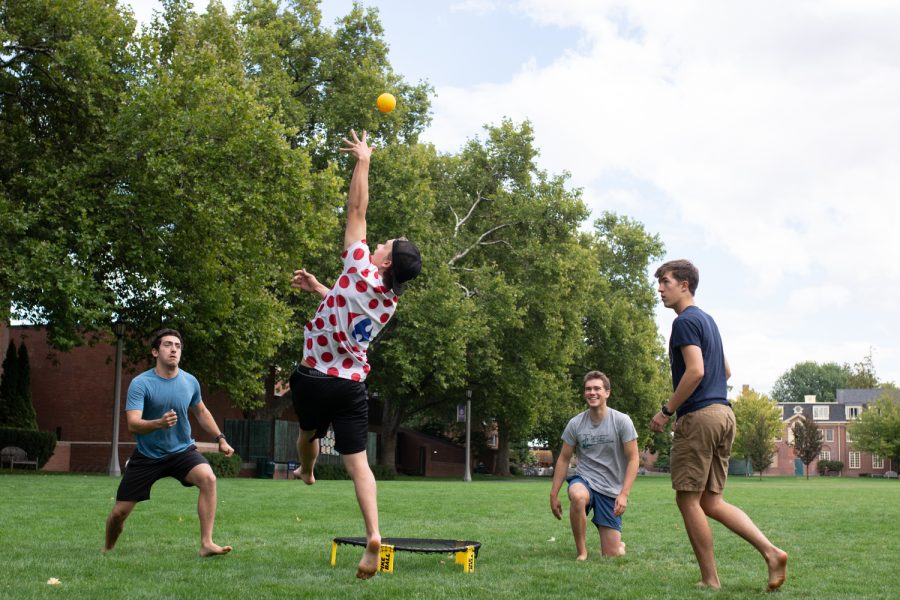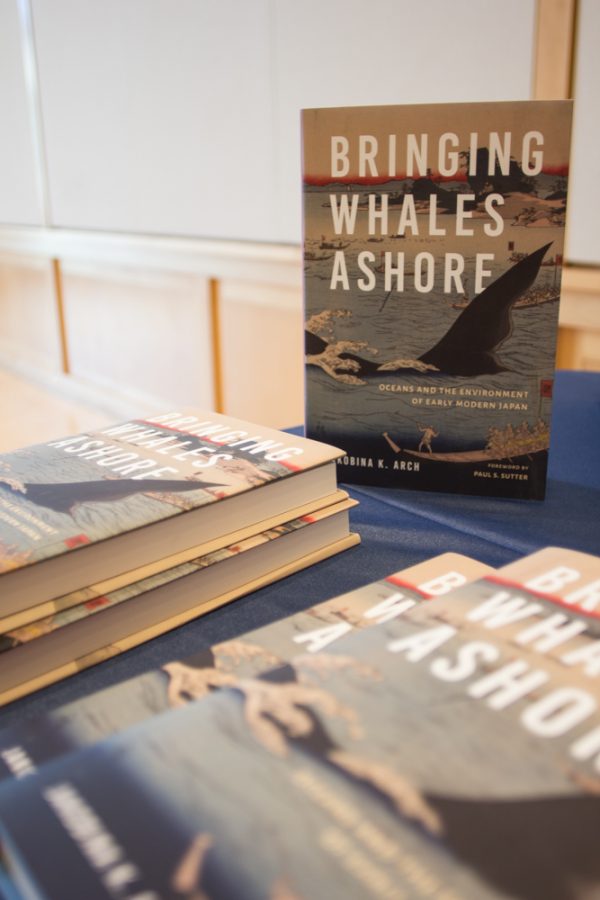Investments in the 28 poorest communities
Live better
These are actions, not words
We’ve stopped being the country’s poorest.
Say the government’s propaganda campaign to hide the reality of their investments in the “development” of Chiapas. Since the January 1994 ceasefire between the Mexican state and the Zapatista Army of National Liberation, (EZLN) the conflict has been called the Chiapas Low-Intensity Conflict because there hasn’t been open fire between the two sides. Nonetheless, the genocide and war continues: paramilitaries, indoctrination, and dispossession of traditional lands with money from the UN and the World Bank, las ciudades rurales.
If you ask president Felipe Calderon (PAN, electoral right-wing) or Governor of Chiapas Juan Sabines (PRD, electoral left-wing), the ciudades rurales are there to relocate poor indigenous people from risk zones–communities without electricity, drinking water, access to heath–to safe housing. Coincidentally, the officially designated risk-zones coincide perfectly with the zones that contain high-levels of exploitable natural-resources. The government moves them to the ciudad rural, and has them sign a contract which gives them a house in exchange for a commitment never to return to their original homes.
On paper, everything looks good–the government promotes increased quality of life and provides employment to the residents of the ciudades rurales, while the GDP increases due to the increased exploitation of natural resources.
But, if you go to a ciudad rural, as we did, you see the grim reality.
They build it and then forget about it. They build more houses than are needed to take credit for numbers that help no one. The houses are built with particle-board, which will last perhaps 10 years in the wet climate of Chiapas. Because of the poor-quality, the residents are building sturdy houses next to the government houses. On the plots which have not been claimed, the plumbing and electrical wires have been robbed.
Not once did they think about including the people of Chiapas in their decision-making processes, because they’re not interested in improving people’s lives, their interested in freeing up the land for natural-resource exploitation, a motive which is quite obvious when you see the factory of the ciudad rural.
The government gives salaried work to the residents of the ciudad. Most of the time, they do nothing, because there’s nothing to do. When we arrived, the bosses had us wait outside while they hurried to make the factory look important. Inside there were forty people doing the work that 15 people could easily do, assembling prefabricated desks and bicycles.
If you think of it as an investment in the people, the ciudad rural is plainly idiotic, a waste of money. If you look at it as part of a war, its an investment that pays of. They’ve taken the land, and cut the traditional connections between the people and the lands. Additionally, they’ve constructed a community that is run from the top-down, attempting to indoctrinate the people with an ideology that runs against the zapatista ideology of horizontality and revolutionary struggle.





